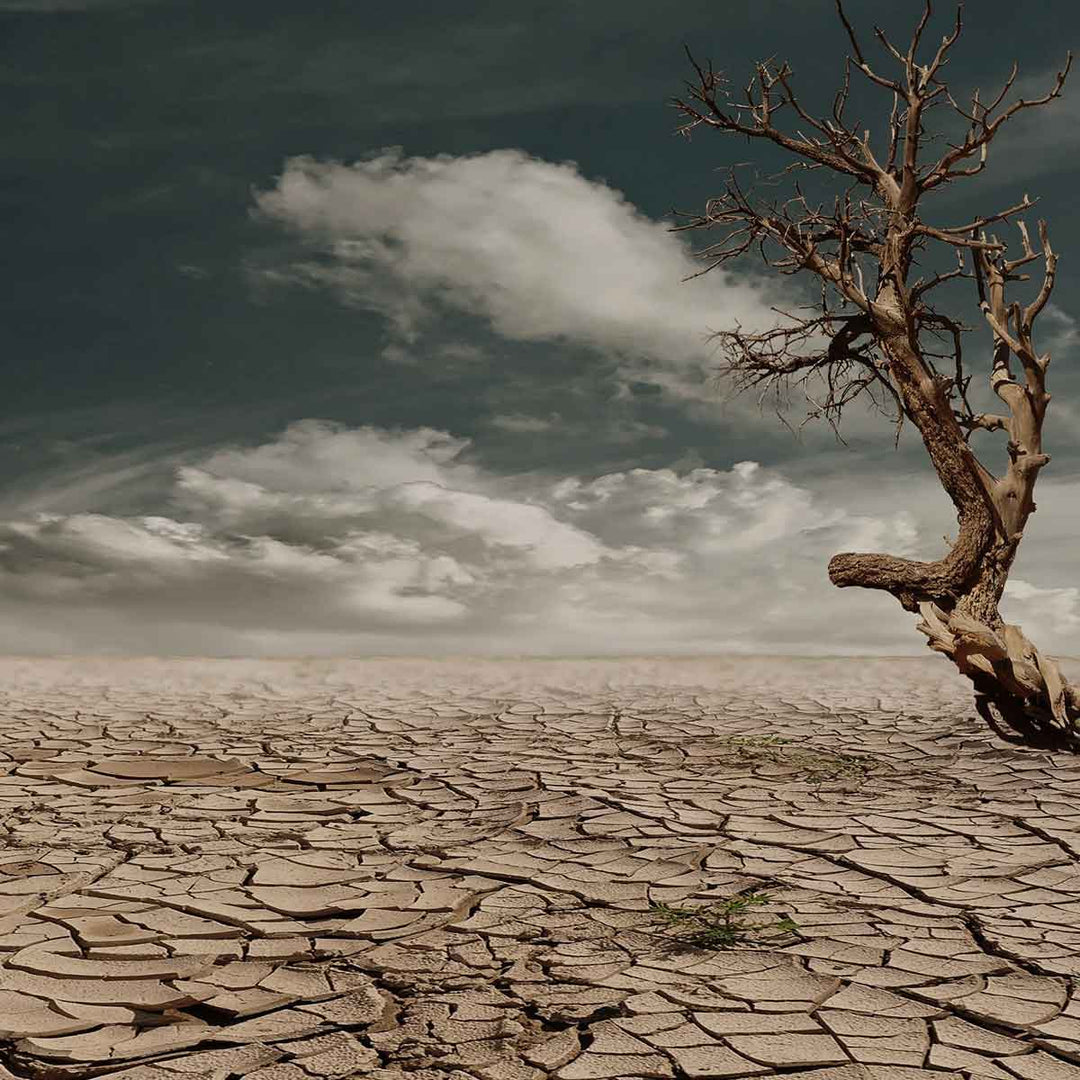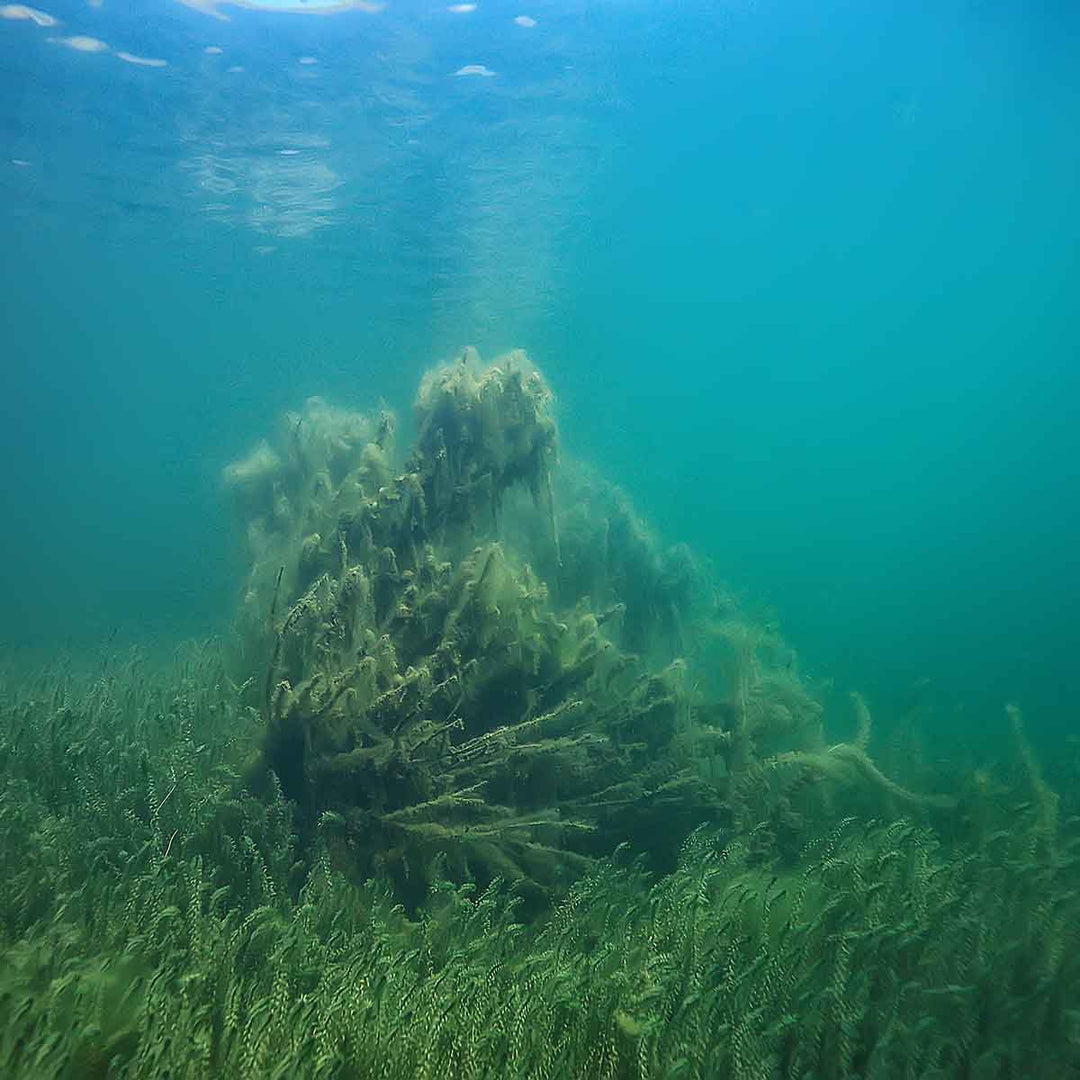What is Water Footprint?
The question of what is water footprint is one of the most curious topics by organizations producing goods and services and environmentally conscious individuals. The phenomenon in question is a concept related to the amount of water used during production activities. This term covers the amount of water used or polluted in all production processes of goods and services. It may even be necessary to add the amount of water to be used during use, maintenance, cleaning and recycling during the life cycle. In this sense, the water footprint is a phenomenon that concerns both producers and consumers.
What are the Types of Water Footprint?
In our world, where global warming is increasing and water resources are slowly disappearing, consumption must be done carefully at every level in order to leave a livable planet for future generations. For this reason, it is useful for each individual to learn the colors, types and size of their water footprint and take various measures. This is where water footprint types come into play. With the increase in environmental sensitivities and the formation of conscious societies in this sense, the question of what color to show the water footprint is also on the minds. These colors, called green, blue and gray, provide information on how and how much water resources are used.

Green Water Footprint
The green water footprint shows the total amount of rainwater used in the production processes of goods and services. This type of water is used especially during agricultural activities. Rain, which can be considered fresh water, contributes to the growth of many living things such as vegetables, fruits, flowers and ornamental plants. In addition, rainwater is also utilized in the production process of some factories. The existence of rainwater is a great necessity for reducing the greenhouse effect in our world, preventing famine and protecting plant and animal diversity. When calculating the green footprint, concepts such as evaporation and rainfall are also taken into consideration.
Blue Water Footprint
The question of what is the blue water footprint is an issue that needs to be addressed when describing the colors of this phenomenon. Blue footprint refers to the amount of surface or groundwater used either directly or indirectly during the production of goods and services. Surface or groundwater, which is among the fresh water resources, is actively used in many sectors. Blue footprint can be seen especially in agriculture, industry and household consumption.
Gray Water Footprint
The question of what is the gray water footprint requires a more comprehensive answer. In this concept, the amount required during the cleaning of water also comes into play. As it is known, there are goods and service productions that cause pollution in water. This pollution is tried to be eliminated by using a certain amount of fresh water. The gray water footprint also covers the amount of clean water to be used to treat the water polluted during production.

What is the Water Footprint of Products?
Just like the carbon footprint, the amount of water use is of great importance for the future of our planet. Large businesses, factories, non-governmental organizations and individuals around the world take many steps for the water footprint, both collectively and individually. Knowing the water footprint of products and creating strategic plans in this sense is one of them. This footprint of products covers the amount of water that will be spent for that good before or after it reaches the consumer. From obtaining raw materials to processing, packaging, transportation, maintenance, cleaning and even recycling, all these processes are the water footprint journey of products.
What is the Water Footprint of Companies?
For companies, this concept covers production processes. In other words, stages such as the procurement of the raw material of a good, the possession of production factors, the creation process of the good and its delivery to the consumer are the part of the concept that concerns companies. The water footprint of companies refers to the amount of fresh water used at various stages of the production chain. This amount of water is almost a routine consumption volume that can be considered indispensable for the emergence of the product. Of course, it is possible for companies to reduce their water footprint by taking various measures. This concept is extremely important for businesses to gain awareness.
What is the Water Footprint of Individuals?
This phenomenon also refers to consumption from the perspective of individuals. The water footprint of individuals is the amount of water they use to eat, drink, clean, provide transportation and many other processes in life. Research reveals that more than half of the water footprint of individuals is caused by the food consumed. For this reason, it would be beneficial for individuals to know their water footprint for sustainable nature and take measures accordingly.

Why is Water Footprint Important?
Water is a substance that is used in almost every moment of life and is needed for life. However, the increase in environmental pollution and the lack of sensitivity in this area may lead to a decrease in water like other resources. In fact, most water resources are not only diminishing; they are also polluted. In this case, knowing the water footprint of individuals and businesses helps them to use the relevant resource more efficiently. In order to protect the water resource, it is very important to know how and in what quantities it is used. This data also contributes to new strategic plans on how to utilize water resources more efficiently. In addition, this concept helps to know not only the amount of water used but also the rate of water pollution. In particular, the gray water footprint is directly related to the amount of fresh water required to clean the polluted water during the production chain and environmental pollution. By determining the water footprint, the causes of this situation are known and the actions to be taken to reduce the footprint are discussed on both individual and corporate basis.
What should be done to reduce the water footprint?
After all this information, the question of what can be done to reduce the water footprint comes to mind. Organizations or individuals should first know their water footprint, color and amount. This determination contributes to further concretizing the measures to be taken. For this reason, the question of how to calculate the water footprint should be answered first. In the water footprint calculation, it is calculated how much water individuals or businesses use in the areas of food and beverage, production, electronics, transportation and maintenance. Even shopping and technological consumption should be included in this calculation as they are called indirect water footprints. The data obtained as a result of the calculation can give concrete answers to the questions of how to consume less water or how to produce this product with minimum water. The following measures will be effective in reducing the water footprint:
Reducing shower time
Use consumption-saving faucets
Production without directly or indirectly damaging water resources
Taking measures to reduce environmental pollution
Reducing electricity and natural gas consumption
In addition to all these, choosing products offered by organizations such as Green Petition, which has environmental sensitivity and attaches importance to recycling activities, also contributes to reducing the water footprint. Green Petition takes beneficial steps for a livable planet at every stage of its production processes.













